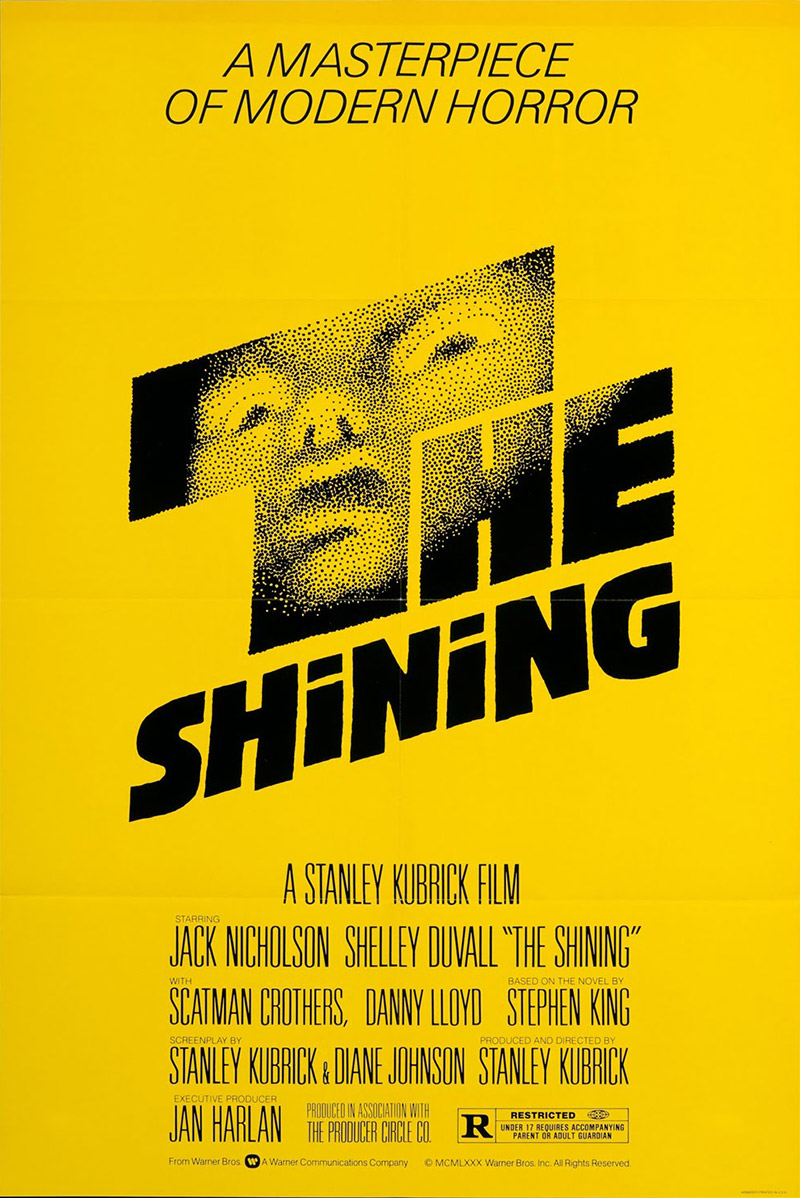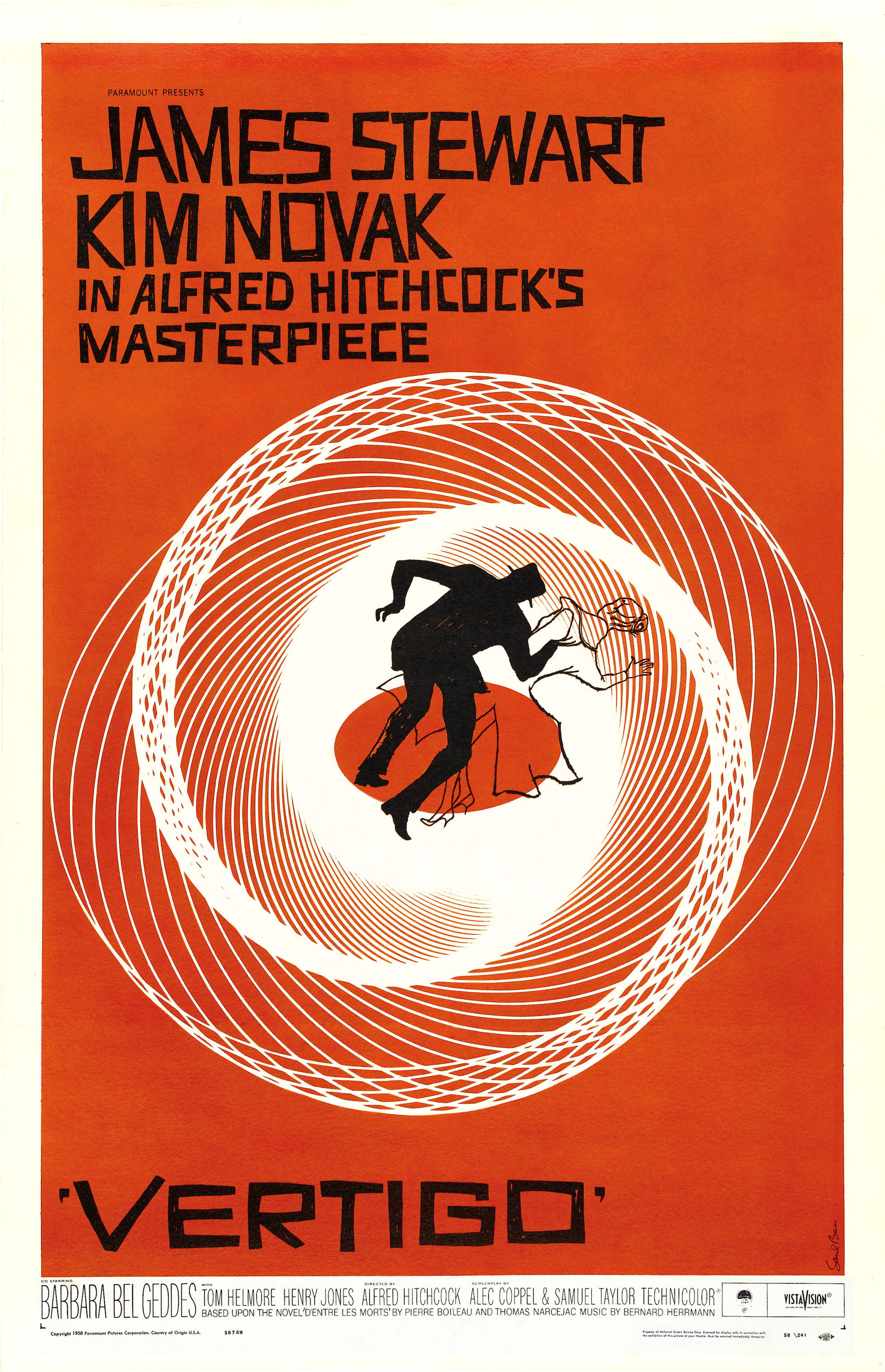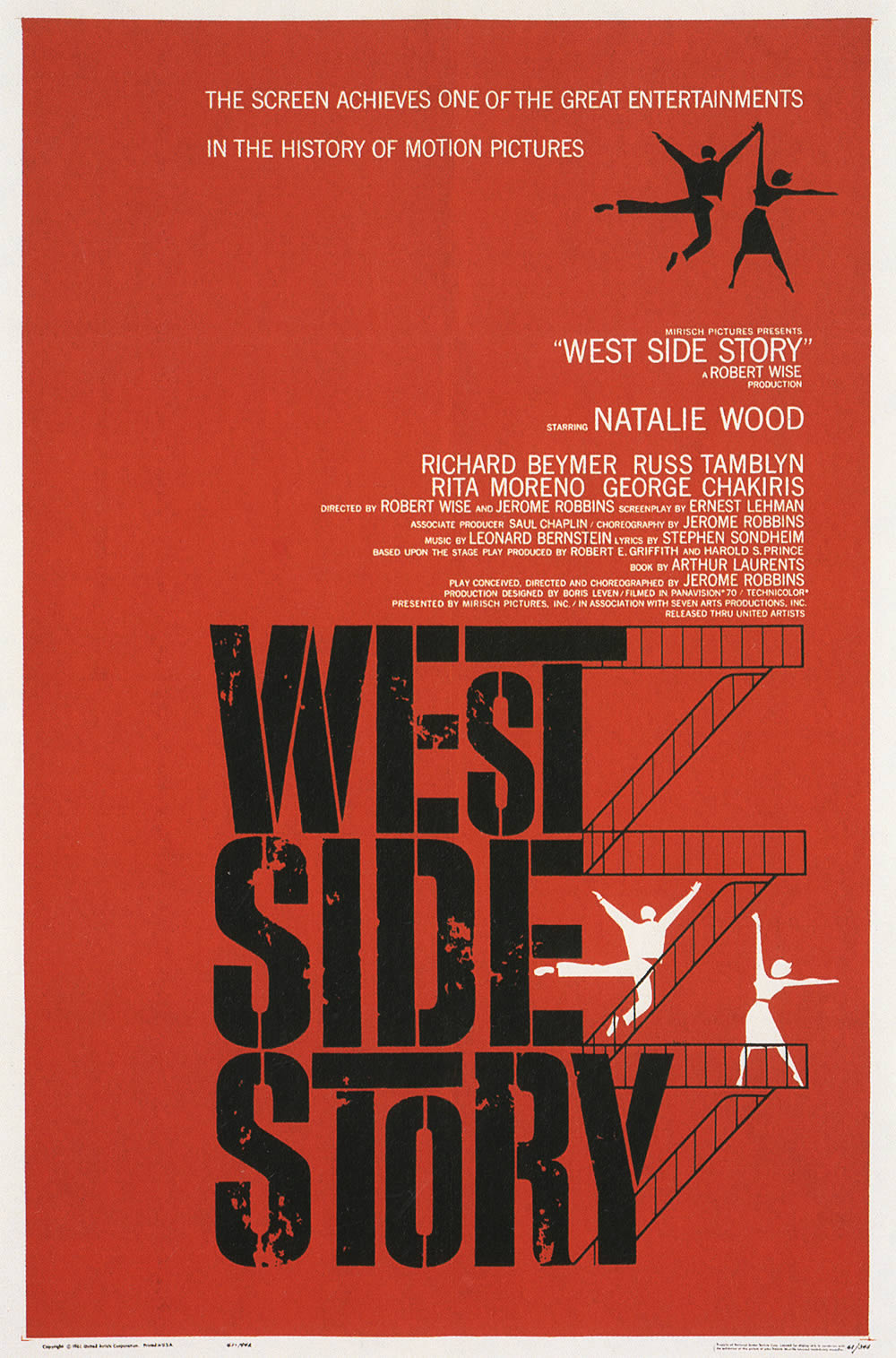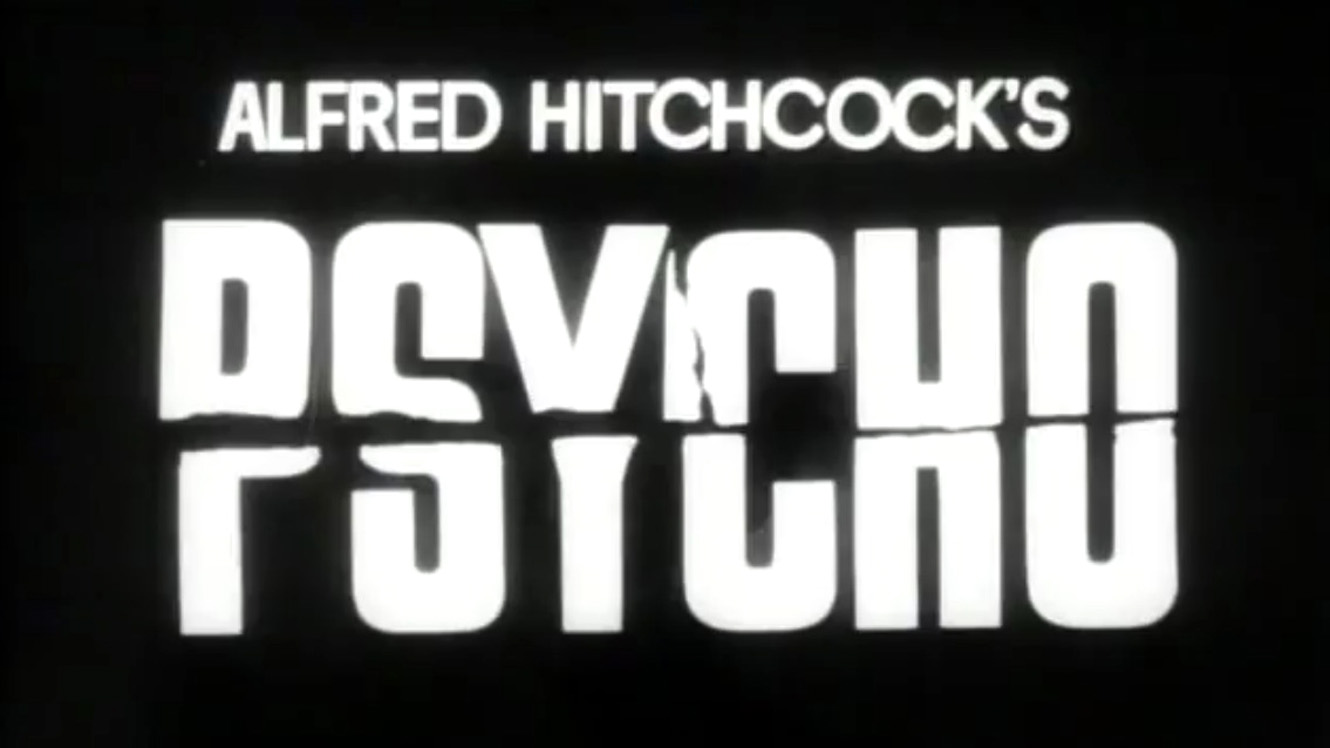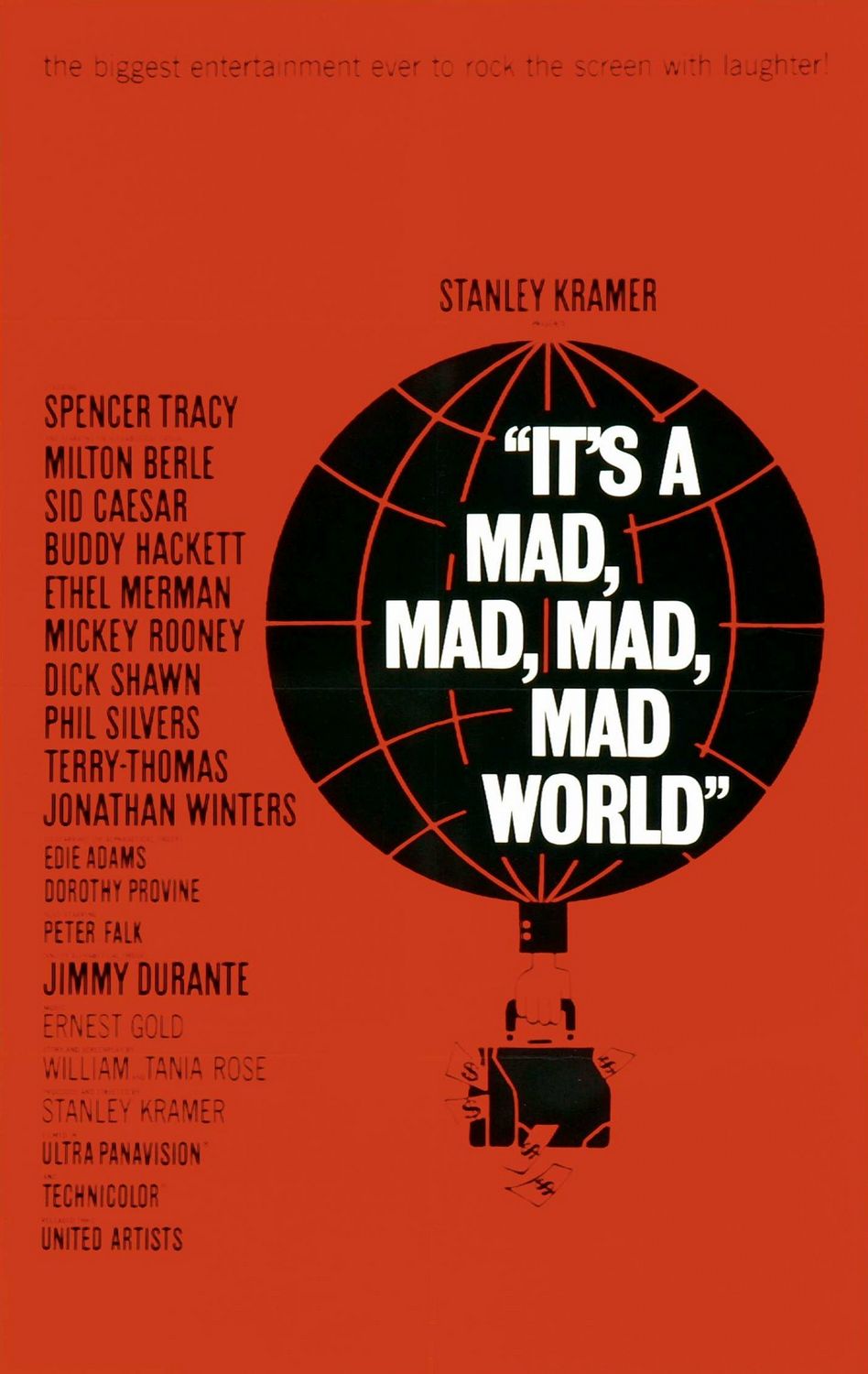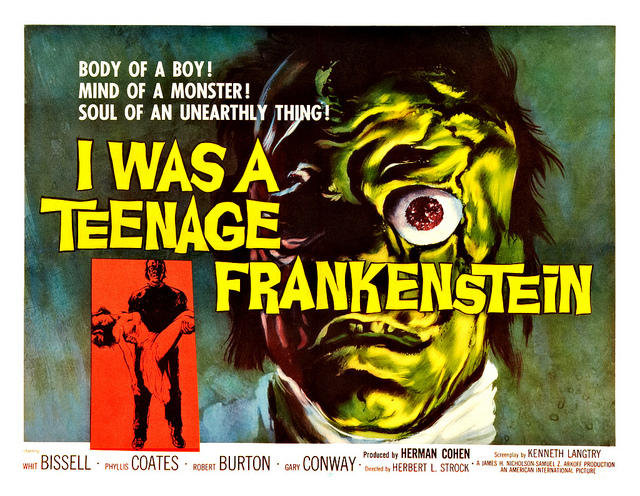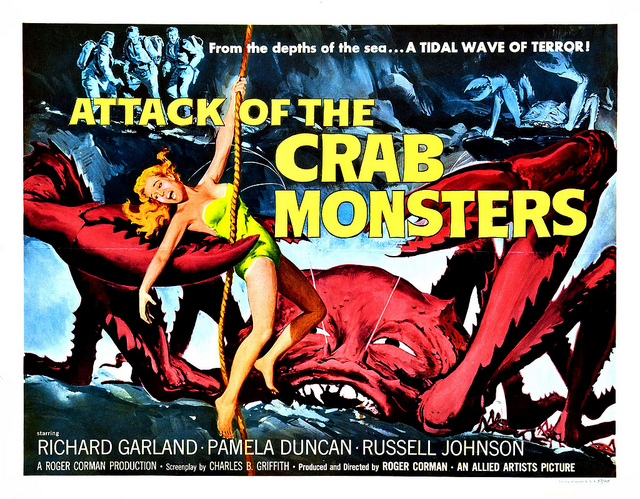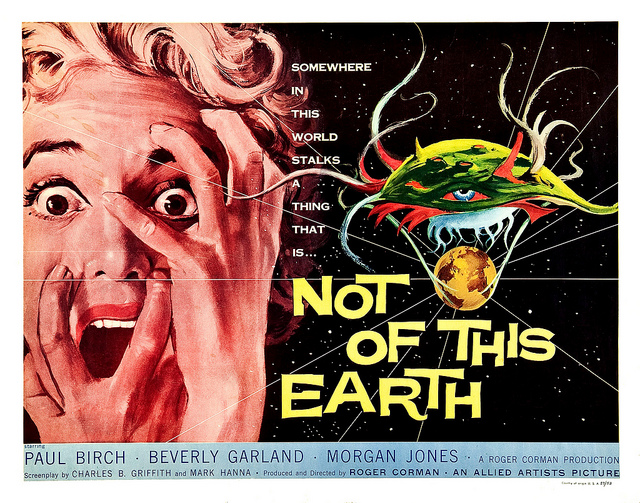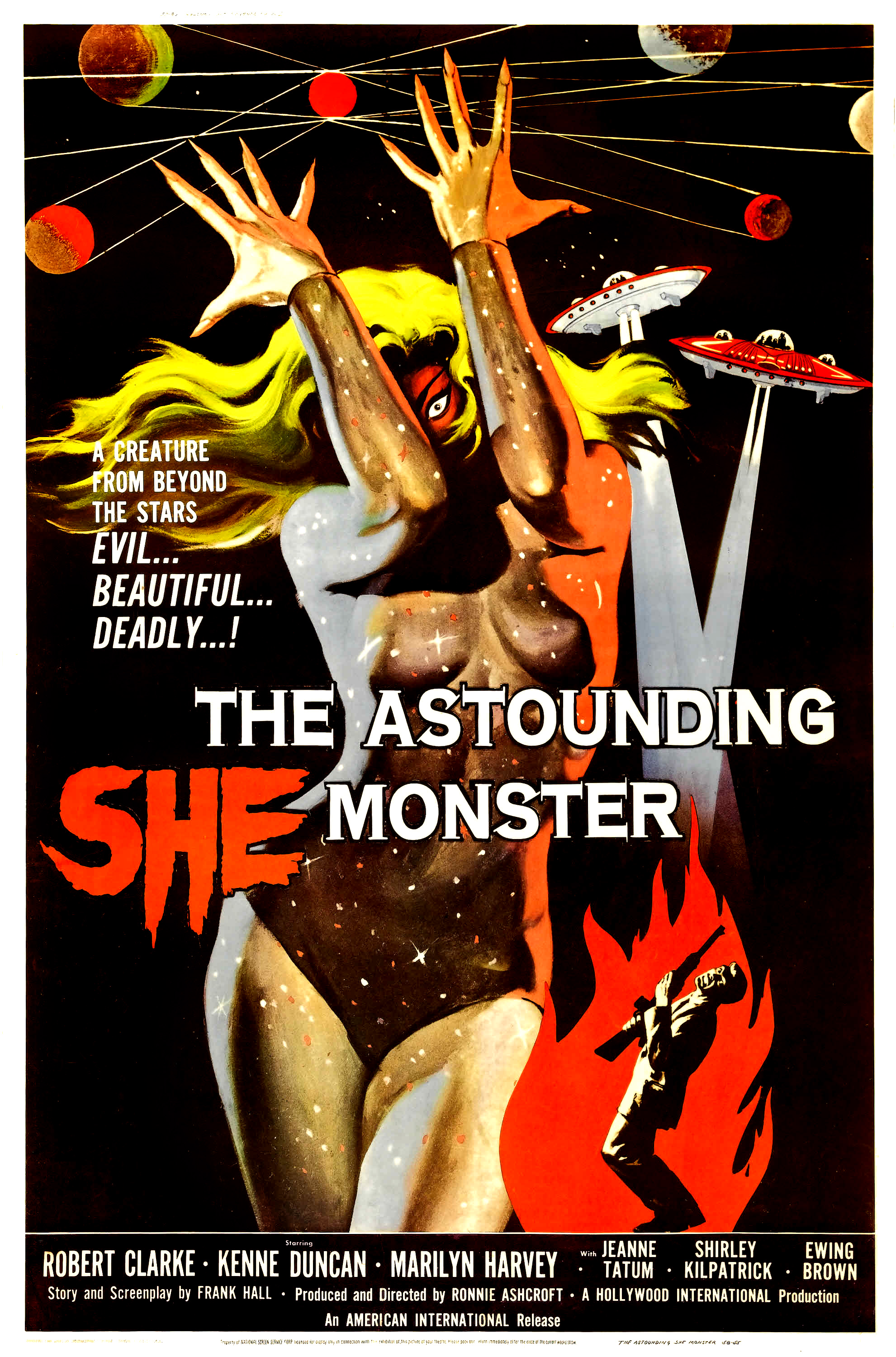In September 1950, Judy Garland was let go from her alma mater, M-G-M, for being “unreliable” at twenty-eight years old. She had completed twenty-seven films for them by that time and to much of the motion picture world she was considered “finished.”
Shortly after being let go and her very last M-G-M film Summer Stock had been released to great acclaim, she and a man named Sid Luft met in New York City. By this time, she had survived a suicide attempt, a subsequent nervous breakdown, and a divorce from her second husband, director Vincente Minnelli.
Luft picked up where M-G-M had left off and set up a series of concerts for her in England, beginning at the London Palladium. The success of these performances led to an offer for her to bring vaudeville back to New York City by opening her show at the legendary RKO Palace Theatre on Broadway, which hadn’t seen a live performance in almost twenty years.
Garland opened her show on Broadway on October 16, 1951, to tremendous critical and public acclaim. Her star was on the rise again and getting back into the movies was the next step to secure her place in the industry.
Luft acquired rights to the story of A Star is Born and produced it with Warner Bros. as a musical remake of the classic 1937 film starring Janet Gaynor and Fredric March. The talent he and Garland secured to create this epic masterpiece included James Mason as her co-star, the screenplay writer Moss Hart (Lady in the Dark, 1941), composer Harold Arlen (“A Sleepin' Bee,” “Come Rain or Come Shine,” “Get Happy,” and “Over The Rainbow”), lyricist Ira Gershwin (Every classic song you can think of. Perhaps you have heard of his brother George?), and director George Cukor (What Price Hollywood?, 1932, Gaslight, 1944, My Fair Lady, 1964). George Cukor had crossed paths professionally with Garland before! After he was fired from Gone With the Wind, he spent a week directing tests for The Wizard of Oz and his main contribution was changing Garland’s appearance as Dorothy by discarding her blonde wig and getting the makeup department to give her a more natural look with simply braided auburn hair.
The film premiered on the evening of September 29, 1954 at the RKO Pantages Theatre in Hollywood, California. The event was the first of its kind to be telecast nationally. Everyone who was anyone in Hollywood was in attendance for this incredible evening and included stars like: Dean Martin, Elizabeth Taylor, Liberace (along with his doting mother), Debbie Reynolds, Kim Novak, Peggy Lee, Ray Bolger, Sophie Tucker, George Jessel, Joan Crawford, Doris Day, Jack L. Warner, Lauren Bacall, Janet Leigh, Lucille Ball, and Desi Arnaz.
Below is the final one-sheet poster used for promotion of the film:
The talent that I mentioned above have been discussed for decades but one person that I admire in my own field of graphic design who was also involved in this film in a very brief capacity is the incredible Saul Bass. Yes, the same Saul Bass who was a graphic designer and Academy Award winning filmmaker, best known for his design of motion picture title sequences, film posters, and corporate logos.
During his forty-year career Bass worked for some of Hollywood's most prominent filmmakers, including Alfred Hitchcock, Otto Preminger, Stanley Kubrick and Martin Scorsese.
The following images are just a few of his many iconic pieces of work:
Al Kallis is an illustrator who became known for his iconic movie poster illustrations below:
The sketches below were released in an article on TVweek.com by Chuck Ross who had been given access to illustrator Kallis’ photographs of freelance illustration work that were completed in the 1950s. He worked with Bass on a number of projects and it is fascinating to see what could have been.
In his 2015 memoir, “Living the Gift of Time,” Kallis says, “My most interesting client was the gifted designer Saul Bass. Early in his career Saul was primarily involved with motion picture advertising. I made rough layout art based on his ideas and also created finished art.”
My favorite is the one that creates a star-shaped logo made of the title type.
The illustration of Garland in a straw hat used in many of Kallis’ sketches references the following musical number that was cut from the final film. Perhaps it may have been a contributing factor to their rejection?
I own a few of the pre-recording acetates containing the songs from the film (with Garland’s vocals and Ray Heindorf’s orchestrations) and I have included a special version of one of my favorite numbers from the film: “Someone at Last” which is the number that provided the image above that was referenced in the final promotional materials for the film. The song is a parody of musical production numbers (with subtle Gershwin lyrics to set the sub-text of Garland’s character’s emotional longing) that she performs to cheer up Mason’s character using props lying around in their super-modern home. This version is without the dialog from the film, without the dramatic choir, and features a powerhouse vocal ending that wasn’t used in the final film.
The label refers to the song as a “Tour de Force” and it certainly is!
If you haven’t already checked out my film title project please follow the link below.



